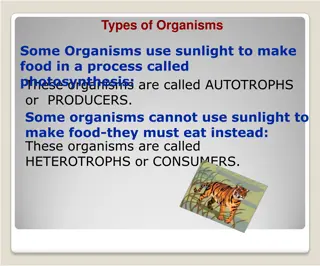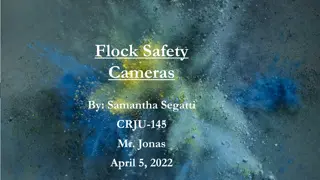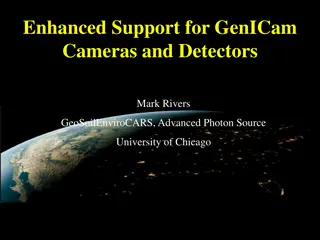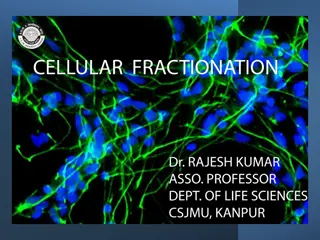
The Role of Cellular Trail Cameras in Modern Conservation Efforts
ufeffDiscover GardePro Trail Camera's advanced models featuring WiFi connectivity, rechargeable batteries, and white flash technology. Our WiFi trail cameras offer remote access for seamless control. Stay powered up with rechargeable trail cameras and never miss a moment of action. Capture crystal-clear images day or night with our white flash trail cameras. Experience the next level of scouting and surveillance with GardePro!n
Download Presentation

Please find below an Image/Link to download the presentation.
The content on the website is provided AS IS for your information and personal use only. It may not be sold, licensed, or shared on other websites without obtaining consent from the author. Download presentation by click this link. If you encounter any issues during the download, it is possible that the publisher has removed the file from their server.
E N D
Presentation Transcript
The Role of Cellular Trail Cameras in Modern Conservation Efforts In the realm of conservation, technological advancements have significantly bolstered efforts to monitor and protect wildlife. Among these innovations, cellular trail cameras have emerged as a pivotal tool, transforming how researchers and conservationists track animal movements, study behaviors, and enforce anti-poaching measures. Cellular trail camerasunlike traditional models, transmit images and videos directly to a user s smartphone or computer via cellular networks. This capability provides real-time monitoring and eliminates the need for frequent physical checks, which can be time-consuming and potentially disruptive to wildlife. By allowing immediate access to data, these cameras enhance the efficiency and effectiveness of conservation strategies. One of the primary benefits of cellular trail camera is their ability to provide continuous, unobtrusive monitoring. This is particularly important in studying elusive or nocturnal species that are difficult to observe directly. For instance, researchers studying big cats, such as tigers and leopards, can place these cameras in strategic locations within their habitats. The cameras capture and transmit images of the animals, offering insights into their behaviors, movements, and population dynamics without human interference. Moreover cellular trail cameras play a crucial role in anti-poaching efforts. Poaching remains a significant threat to many endangered species. By strategically placing these cameras in known poaching hotspots, conservationists can monitor activity and receive real-time alerts of any suspicious movements. This immediate data transmission allows for rapid response by anti-poaching units, significantly increasing the chances of apprehending poachers and deterring illegal activities. Additionally, the presence of these cameras can serve as a deterrent, making poachers think twice before entering monitored areas. The data collected from cellular trail camera also contributes to long-term conservation planning. By analyzing images and videos over extended periods, researchers can identify trends and patterns in wildlife behavior and habitat use. This information is invaluable in developing strategies for habitat protection, restoration projects, and understanding the impacts of environmental changes on wildlife. For example, in areas affected by deforestation, data from these cameras can reveal how animal populations are adapting, guiding reforestation and conservation efforts. Furthermore the use of cellular trail cameras fosters community engagement and education. Conservation organizations often share captivating footage of wildlife with the public, raising awareness about endangered species and the importance of conservation. This visual storytelling can inspire action and support for conservation initiatives, bridging the gap between scientific research and public involvement. In conclusion cellular trail cameras are revolutionizing modern conservation efforts. Their ability to provide real- time, non-intrusive monitoring, enhance anti-poaching measures, and contribute to long-term research makes them an indispensable tool in the fight to protect our planet s biodiversity. As technology continues to advance, the role of cellular trail cameras in conservation will only grow, offering new opportunities to safeguard wildlife for future generations.
















































